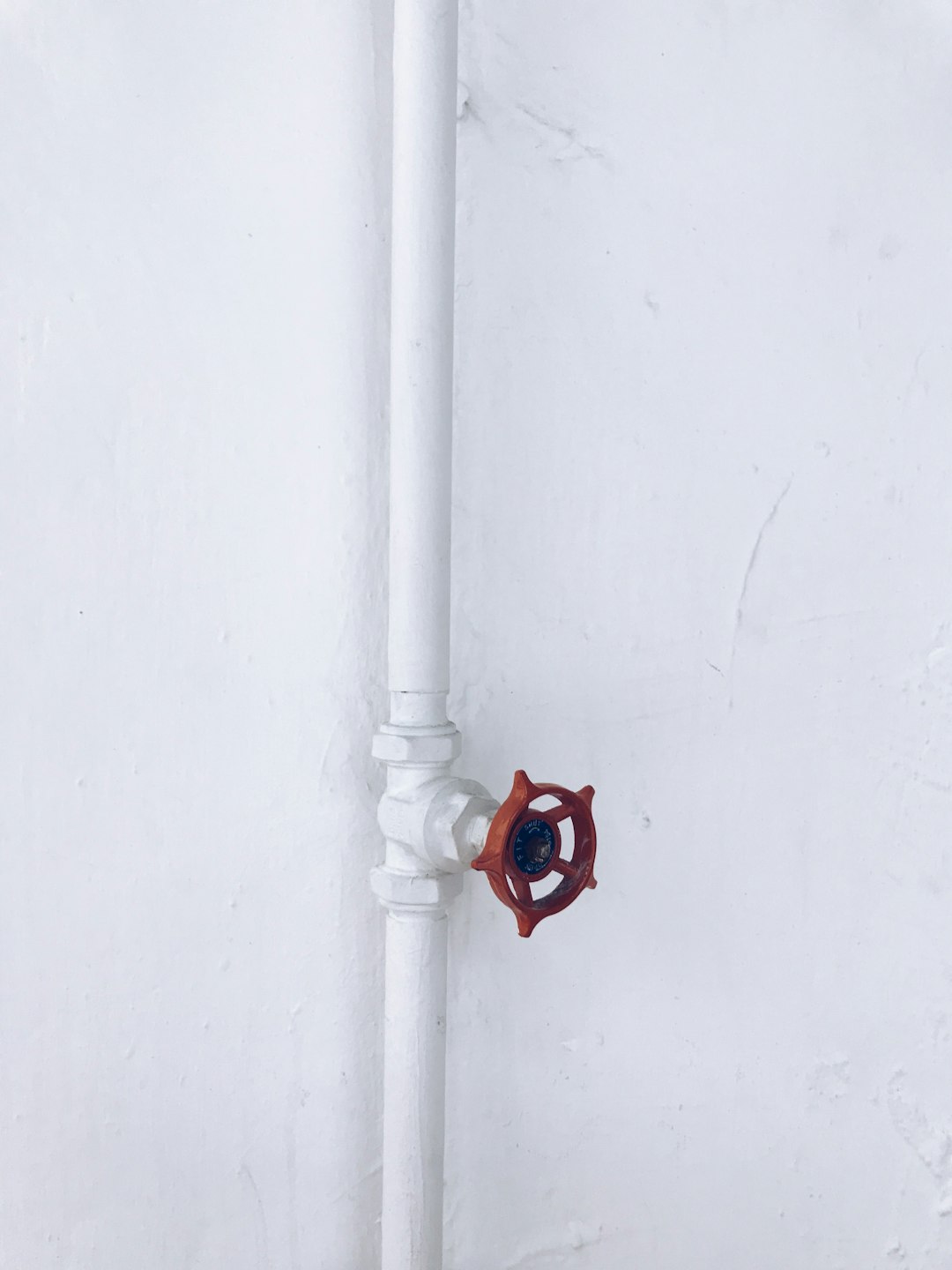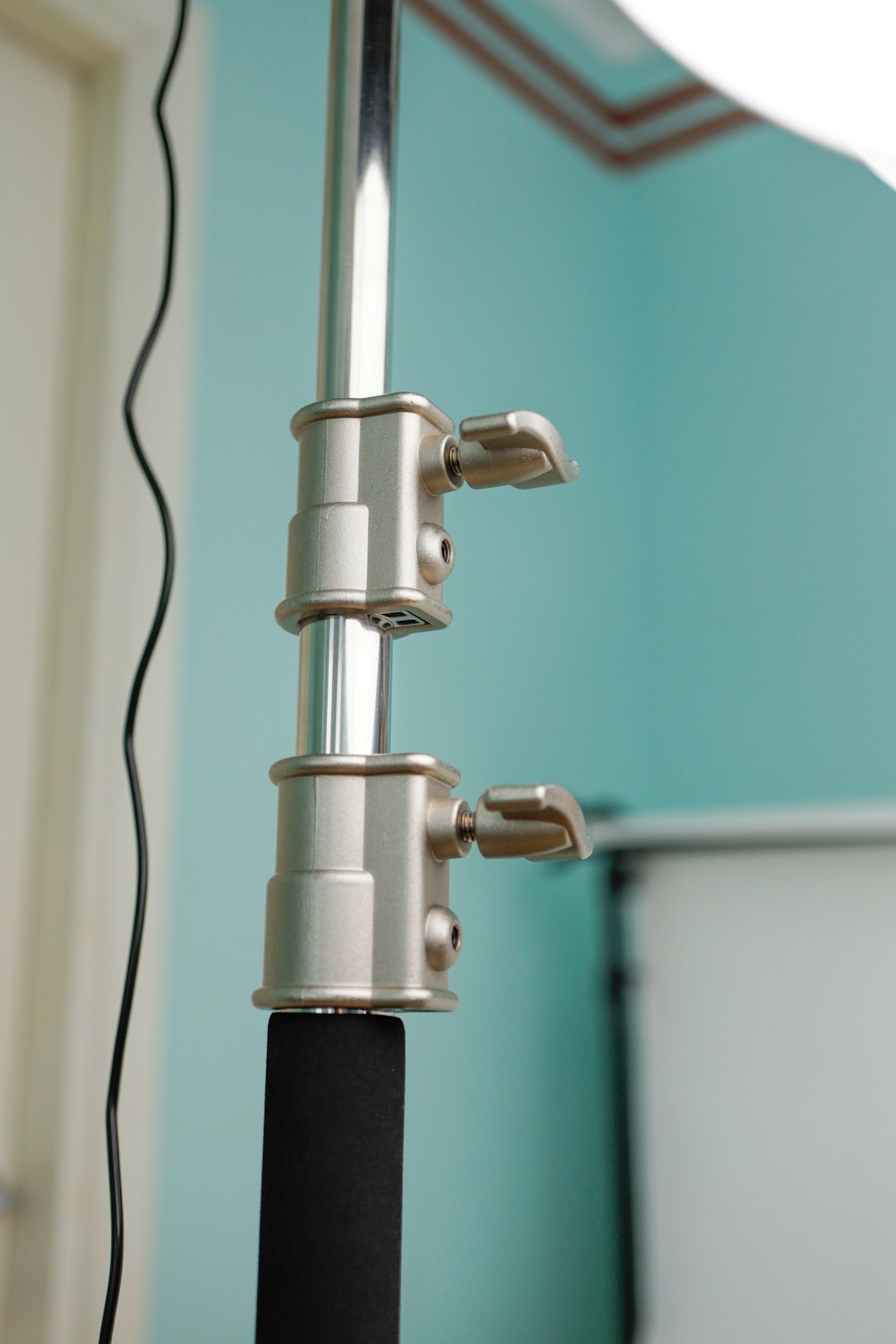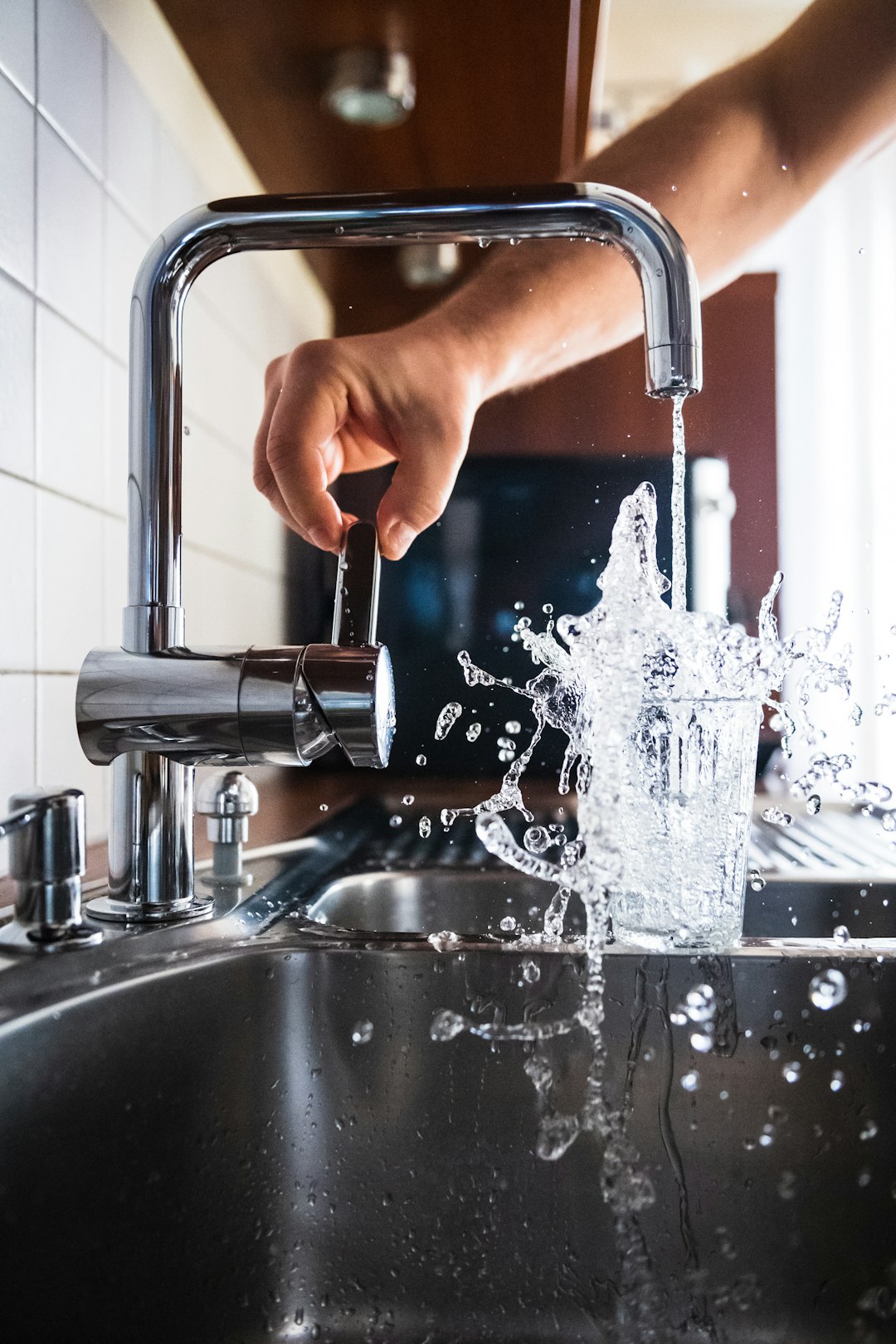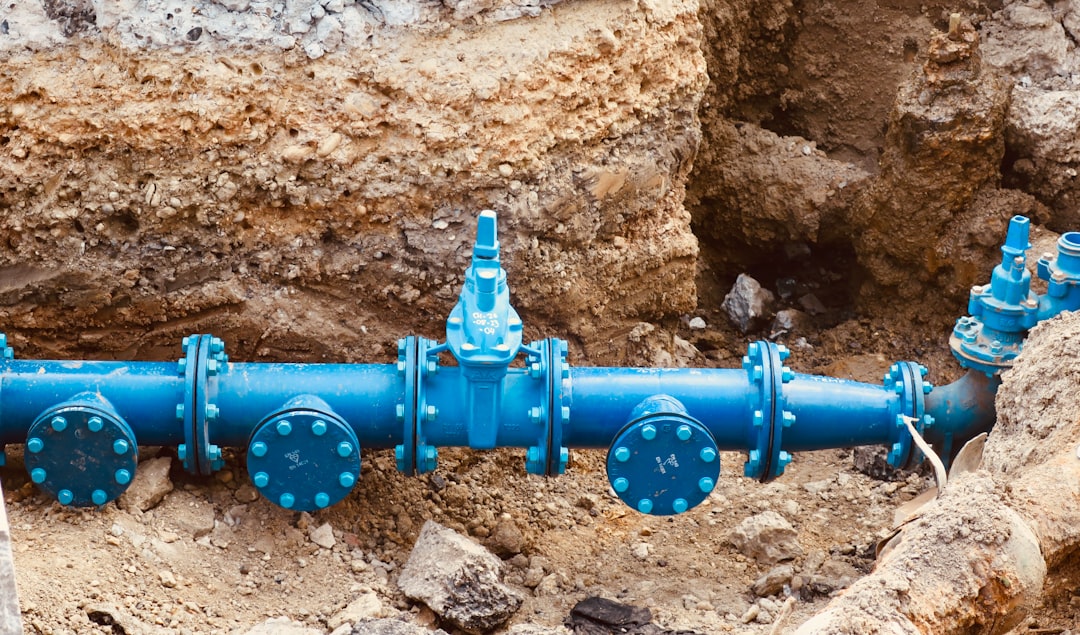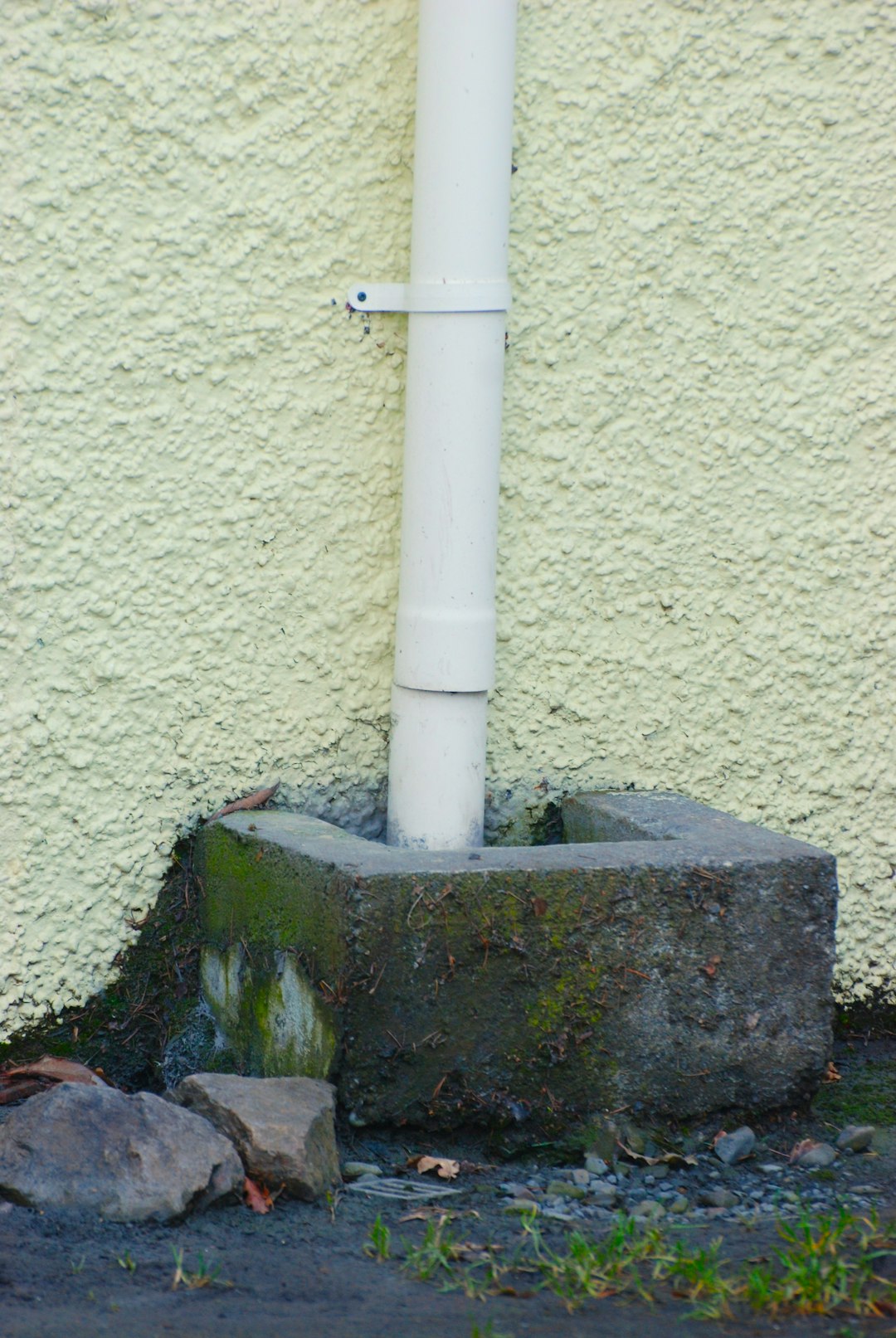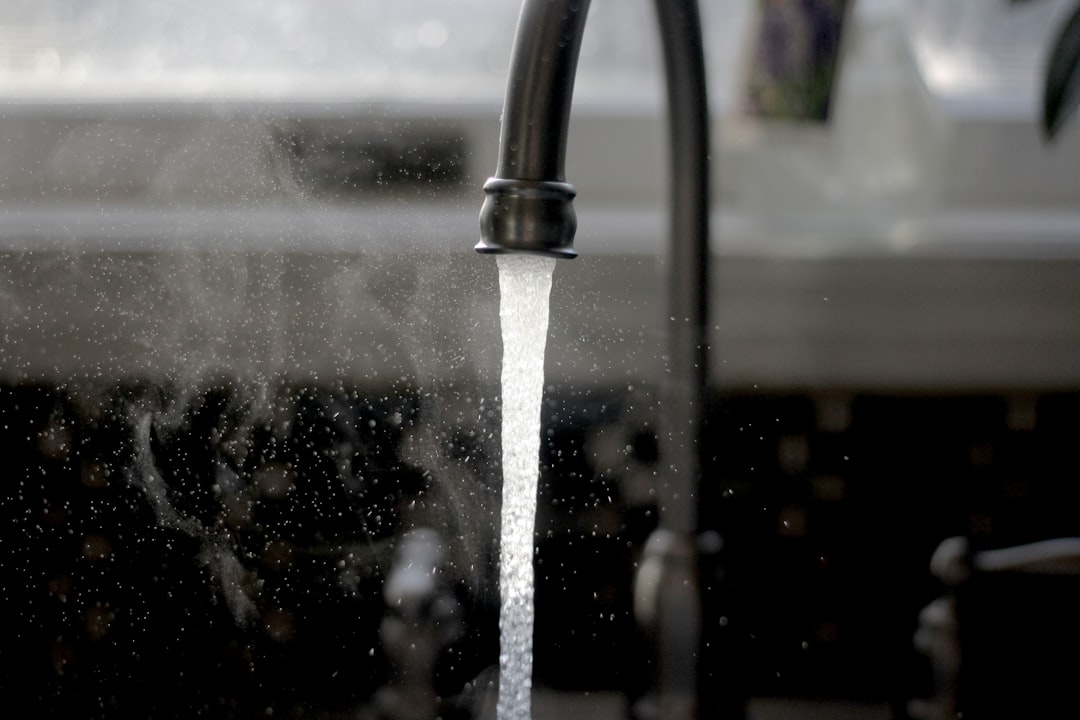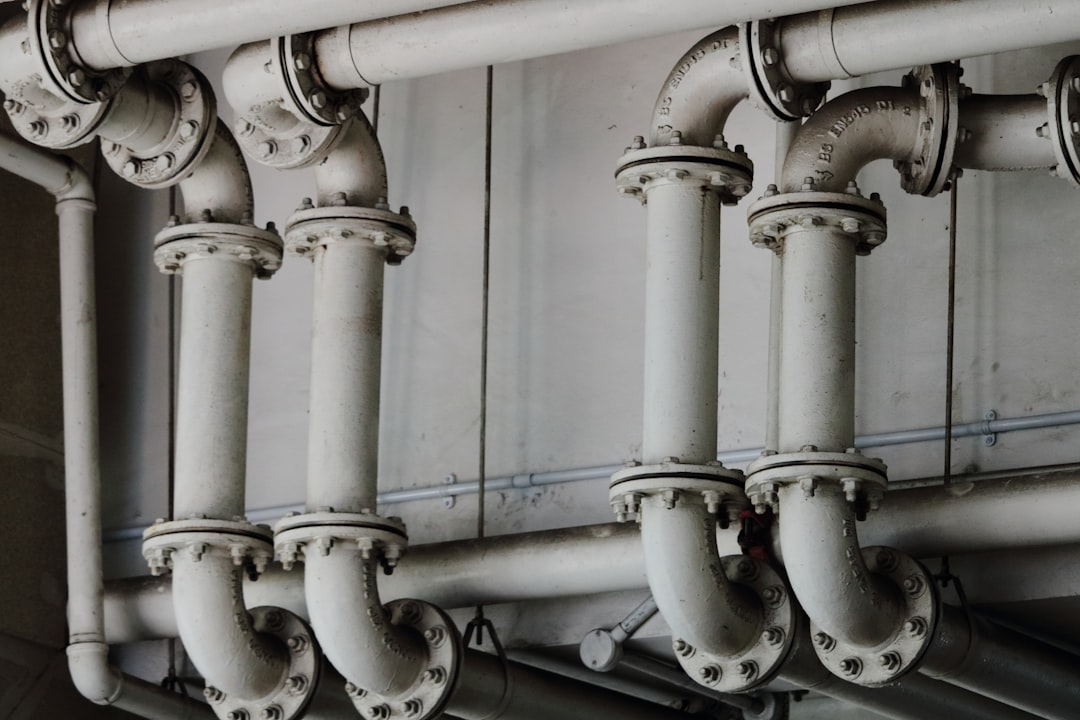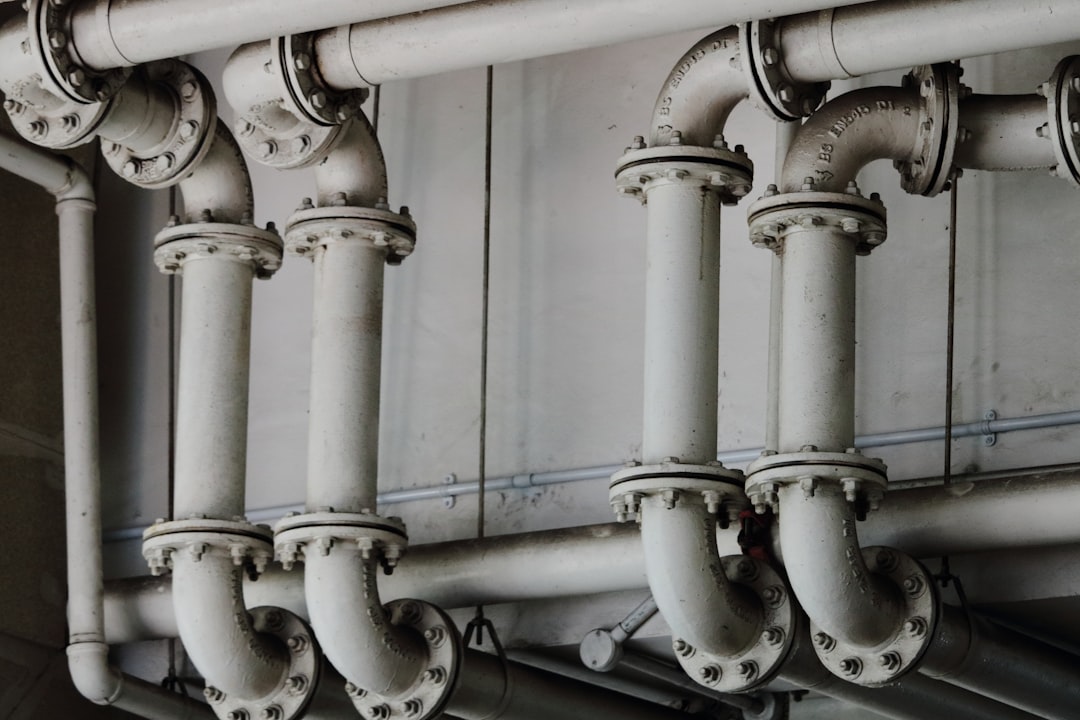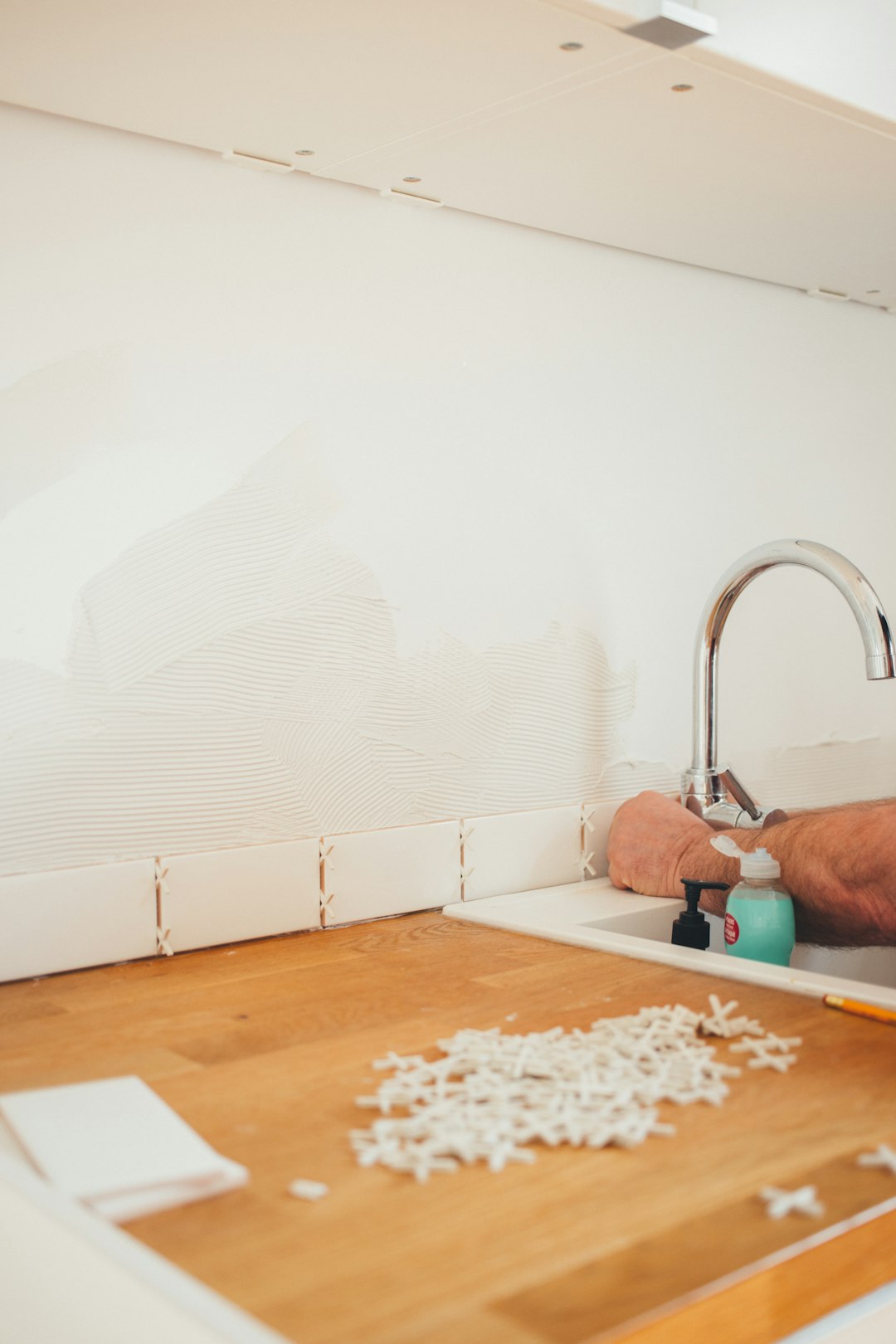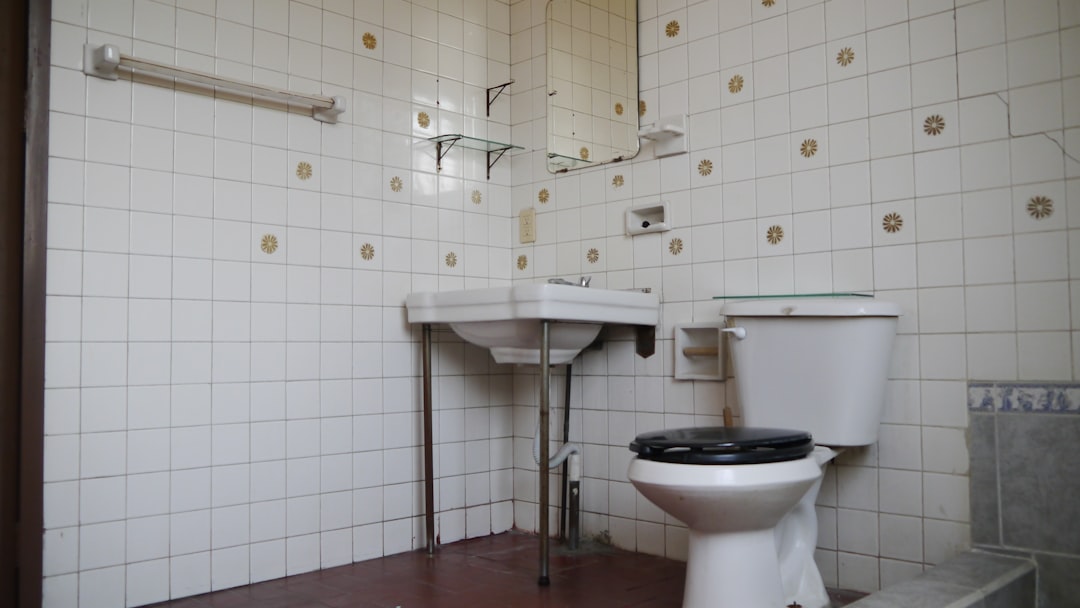Table of Contents
- Introduction
- The role of plumbers in residential and commercial dishwasher installations
- Essential plumbing connections required for dishwasher installation
- Differences between professional plumbing installation and DIY installation
- Common plumbing services related to dishwasher installation, such as plumbing fixture installation and plumbing drain cleaning
- How plumbers address plumbing emergencies during dishwasher installation
- Importance of plumbing code compliance in dishwasher setups
- Advantages of hiring certified plumbers for dishwasher installation
- Potential plumbing issues and repairs that may arise during or after installation
- Conclusion
- Frequently Asked Questions
Introduction
When it comes to installing a new dishwasher, the first question that often arises is: can plumbers do it? While most people think of plumbers as the go-to experts for fixing leaks and unclogging pipes, their skill set extends far beyond mere maintenance.
In fact, many plumbing professionals are well-equipped to tackle the complexities of appliance installation. From ensuring proper water connections to managing waste lines, the role of a plumber in dishwasher installation is crucial for seamless operation.
In this article, we’ll delve into the unique intersection of plumbing and appliance installation. We will explore not just the capabilities of plumbers, but also the reasons why hiring a plumbing professional can save you time, money, and potential headaches. Join us as we demystify the installation process and provide insights into when and why you might want to call in a pro for your next kitchen upgrade.
The role of plumbers in residential and commercial dishwasher installations
The role of plumbers in residential and commercial dishwasher installations is crucial to ensuring that the appliances function correctly and efficiently. Plumbers are trained professionals who understand the plumbing systems that are essential for dishwasher operation. During installation, they handle the connection of water supply lines, drainage, and electrical components, ensuring that everything is correctly fitted and meets local codes and regulations.
In residential settings, a plumber assesses the kitchen layout to determine the best placement for the dishwasher, taking into account existing plumbing and electrical connections. They also check for potential water supply issues or drainage concerns that could affect performance.
In commercial environments, where multiple dishwashers may be required, plumbers often work as part of a larger team to design and install systems that can handle higher volumes of usage. Their expertise helps to prevent leaks and ensure that wastewater is disposed of correctly. Overall, the involvement of a professional plumber not only streamlines the installation process but also contributes to the longevity and efficiency of the dishwasher.
Essential plumbing connections required for dishwasher installation
When installing a dishwasher, it’s crucial to ensure that several essential plumbing connections are made to facilitate its proper operation. First and foremost, a dedicated water supply line is necessary, usually connected to the hot water supply under the kitchen sink. This line typically requires a 3/8-inch compression fitting to securely attach the hose to the dishwasher.
Another vital connection is the drain line, which allows wastewater to be expelled. This line is often connected to the kitchen sink’s drain system; it may require a high loop or an air gap to prevent backflow and ensure compliance with plumbing codes.
Additionally, a power source is essential, usually in the form of a GFCI outlet, which provides the necessary electricity for the dishwasher to function. Lastly, it’s important to check for any leaks in these connections after installation, as faulty connections can lead to water damage or improper functioning of the appliance.
Proper installation is key to ensuring that the dishwasher operates efficiently and safely for years to come.
Differences between professional plumbing installation and DIY installation
When considering the installation of a dishwasher, there are notable differences between professional plumbing installation and DIY installation.
Professional plumbers have the training and experience to handle various plumbing systems and ensure that installations meet local codes and regulations. They possess specialized tools and knowledge that can prevent potential issues, such as leaks or improper connections, which may not be apparent to a novice.
On the other hand, DIY installation may seem like an attractive option for those looking to save money. However, it often comes with risks, particularly if the individual lacks plumbing experience. Incorrect installation can lead to expensive repairs or damage to the home.
Moreover, while DIY projects encourage learning and personal satisfaction, they may not always result in a properly functioning system. Professionals also offer warranties on their work, giving homeowners peace of mind.
Ultimately, the choice between hiring a professional or opting for DIY can significantly impact the effectiveness and safety of the dishwasher installation.
Common plumbing services related to dishwasher installation, such as plumbing fixture installation and plumbing drain cleaning
When it comes to dishwasher installation, there are several common plumbing services that are typically involved. One of the primary services is plumbing fixture installation, which may include connecting the dishwasher to the existing water supply. This step often requires accurate fittings and sometimes new hoses to ensure a watertight seal. Additionally, replacing or installing fixtures such as sinks or valves might be necessary to accommodate the new appliance.
Another crucial aspect of dishwasher installation is plumbing drain cleaning. Since dishwashers rely on proper drainage to function effectively, any blockages in the drain line can lead to water buildup and potentially cause flooding. Professional plumbers can identify and resolve such issues, ensuring that the drain is clear and functioning efficiently. This service may involve snaking the drain line or using hydro-jetting techniques for stubborn clogs. Overall, engaging a professional plumber for these services can help ensure that your dishwasher operates smoothly and efficiently.
How plumbers address plumbing emergencies during dishwasher installation
During dishwasher installation, plumbers are often prepared to address plumbing emergencies that may arise. A common issue that can occur is a leak, either from old plumbing connections or due to improper installation. Plumbers are equipped with the right tools and materials to quickly identify the source of the leak and apply necessary repairs, ensuring that water does not cause damage to the kitchen area.
Additionally, if a homeowner has outdated or incompatible plumbing, plumbers can evaluate existing systems and make modifications as needed. This may include replacing old hoses, upgrading fittings, or even rerouting plumbing lines to ensure proper water flow and drainage.
Furthermore, plumbers are trained to handle unexpected blockages or drainage issues that may not be apparent before installation. They use specialized equipment to clear any obstructions in the plumbing system, which could prevent proper operation of the new dishwasher.
In summary, plumbers play a crucial role in managing potential plumbing emergencies during dishwasher installations, ensuring a smooth and efficient process for homeowners.
Importance of plumbing code compliance in dishwasher setups
The importance of plumbing code compliance in dishwasher setups cannot be overstated. These codes are established to ensure the safety and efficiency of plumbing systems, protecting both the household and the environment. When installing a dishwasher, adherence to plumbing codes helps prevent issues such as leaks, improper drainage, and cross-contamination of water supplies.
Codes typically dictate the proper materials to use, the necessary plumbing fixtures, and the installation methods to follow. Compliance with these regulations not only ensures that the appliance operates correctly but also guards against potential hazards, such as water damage or health risks associated with contaminated water.
Additionally, plumbing code compliance is often linked to warranties and insurance policies. In many cases, failing to comply with local codes can void warranties offered by manufacturers and might lead to complications with insurance claims in the event of a plumbing failure. Therefore, engaging a licensed professional who understands and follows the local plumbing codes is crucial for a safe and effective dishwasher installation.
Advantages of hiring certified plumbers for dishwasher installation
Hiring certified plumbers for dishwasher installation offers several advantages that can enhance the overall experience and effectiveness of the setup. Firstly, certified plumbers possess the required training and expertise to handle various plumbing systems and appliances. This ensures that the installation process adheres to local codes and regulations, reducing the likelihood of future problems.
Secondly, certified plumbers can identify potential issues during the installation process, such as pre-existing plumbing problems or unsuitable water supply lines. Their experience allows them to troubleshoot and resolve these issues efficiently, preventing costly repairs later on.
Additionally, many certified plumbers provide warranties for their work. This means that in case of any installation-related issues, you have the assurance of professional support. Their knowledge of the latest tools and techniques ensures a high-quality installation that maximizes the efficiency and longevity of your dishwasher.
Finally, hiring a certified plumber saves you time and effort. Instead of navigating the complexities of installation yourself, a professional can complete the job quickly and correctly, allowing you to enjoy your new appliance without hassle.
Potential plumbing issues and repairs that may arise during or after installation
Installing a dishwasher can sometimes lead to potential plumbing issues that may require repairs either during or after the installation process. One common concern is the need to connect the new appliance to existing plumbing lines, which can sometimes result in leaks if the connections are not secure.
Additionally, if the home’s plumbing is outdated or damaged, it may not support the water pressure or drainage requirements of the new dishwasher. This can lead to further complications, including inadequate drainage or water backup issues.
Another issue that may arise is the need for modifications to existing pipes to accommodate the dishwasher’s inlet and outlet. This could result in the need for new fittings or even more extensive pipe replacements.
Finally, after installation, homeowners may experience issues with the dishwasher not draining properly, which can suggest a blockage in the drain line or a malfunctioning pump. Regular maintenance and inspection can help identify and mitigate these potential plumbing issues before they become more significant problems.
Conclusion
In conclusion, engaging a professional plumber for dishwasher installation is not just a matter of convenience; it is crucial for ensuring safe, efficient, and code-compliant operations. With their expertise, plumbers can handle essential connections, troubleshoot potential issues, and manage plumbing emergencies, all while adhering to local regulations. The advantages of hiring a certified plumber far outweigh the risks associated with DIY installations, including costly mistakes and safety hazards. Therefore, if you’re considering installing a dishwasher, do not hesitate to reach out for professional assistance. Call 573-555-2121 today to ensure a seamless installation and enjoy the peace of mind that comes with expert plumbing services.
